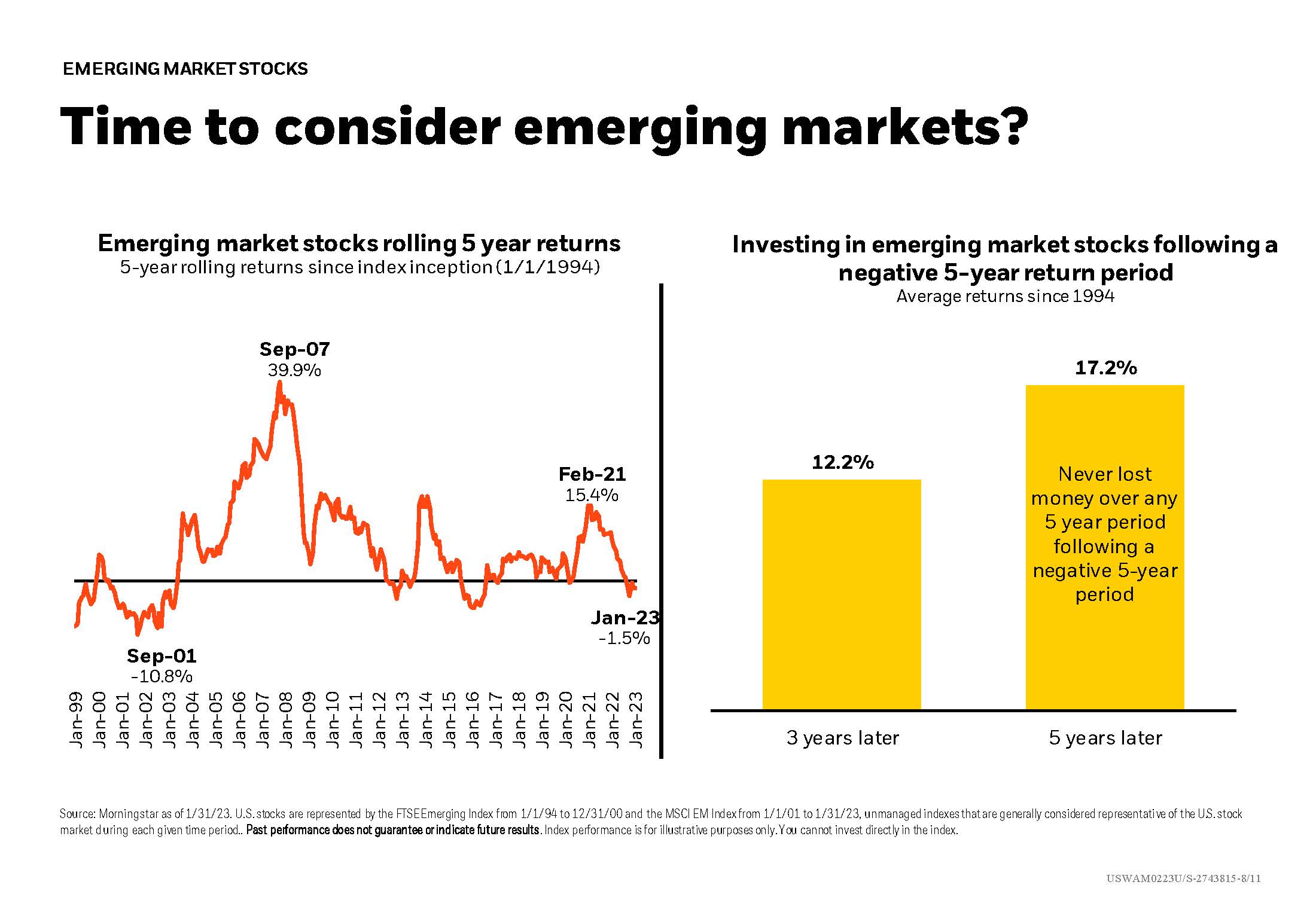Trading volume dipped today across Shanghai and Shenzhen, totaling 914.66 billion yuan. Topperv Information topped the turnover...
MarketUpdate
Chinese stocks open lower across major indices, signaling a potential shift in market sentiment. A reality check...
China's stocks saw a modest advance today, powered by strong performance in the consumer discretionary sector. But...
China's A-shares stage a midday rally, led by gains in precious metals and photolithography. But is this...
Hong Kong markets stumbled at open, but CIMC Group (02039.HK) bucked the trend, soaring nearly 8% on...
Despite initial dips, the Shanghai Composite finished higher today, while Shenzhen and ChiNext indexes narrowed their losses....
Hong Kong's market faced a tough day, with the Hang Seng dropping 1.55%. However, a surge in...
Hong Kong stocks experienced a significant rally today, with the Hang Seng Index rising 1.51% and the...
Hong Kong stocks experienced a strong rally today, with the Hang Seng Tech Index leading the charge...











